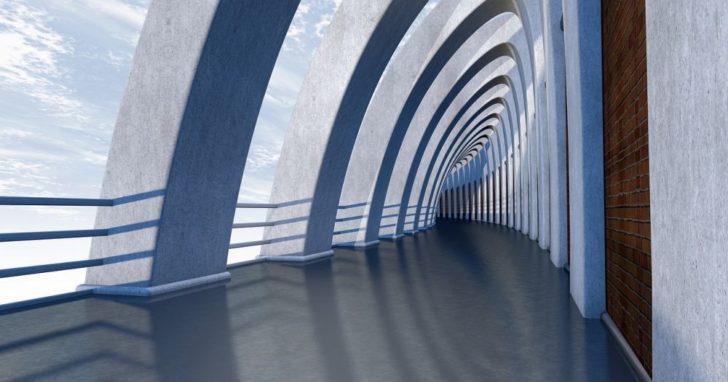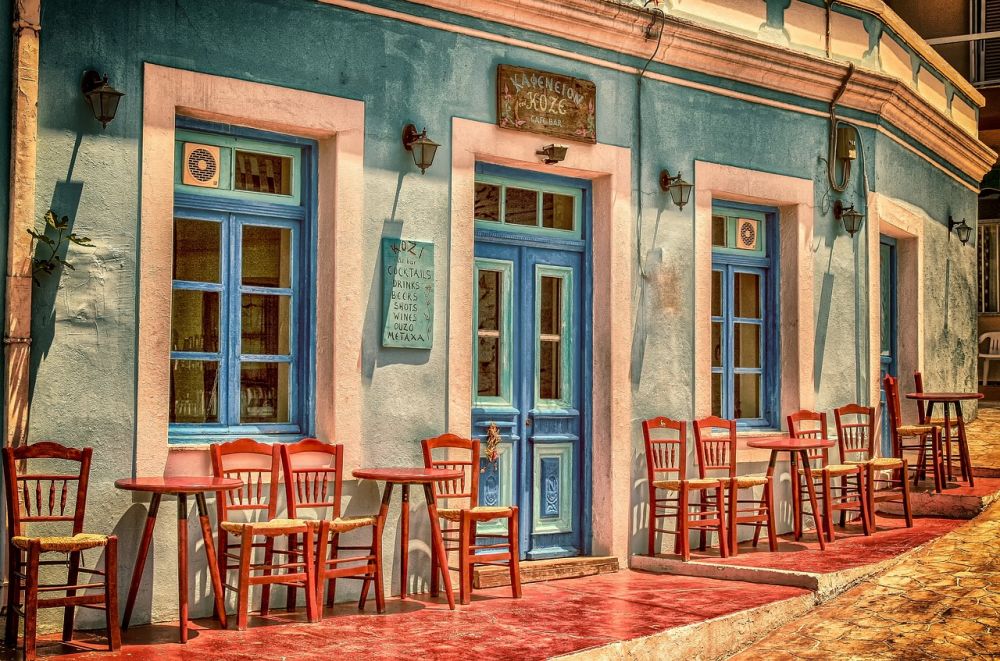Alvar Aalto Buildings: A Comprehensive Overview

Alvar Aalto Buildings: An Architectural Masterpiece
Introduction:

Alvar Aalto, a renowned Finnish architect and designer, left an indelible mark on the world of architecture with his distinctive style and innovative approach. His buildings, characterized by their functionality, human-centric design, and harmonious integration with nature, continue to inspire architects and captivate individuals worldwide. In this article, we will delve into the world of Alvar Aalto buildings, exploring their essence, variety, and historical significance.
Understanding Alvar Aalto Buildings
1. Overview of Alvar Aalto Buildings:
Alvar Aalto buildings encapsulate the principles of functionalism and organic architecture. His designs merge aesthetic appeal with practicality, with a strong emphasis on creating spaces that foster human well-being. Aalto believed in the integration of nature and architecture, creating a seamless synergy between the built environment and its surroundings.
2. Types of Alvar Aalto Buildings:
Alvar Aalto’s repertoire includes an array of building types, ranging from residential to educational, cultural, and civic structures. Some of his most notable works include the Finlandia Hall in Helsinki, the Villa Mairea, and the Paimio Sanatorium. Each building showcases Aalto’s mastery in incorporating unique design elements that align with the purpose and context of the structure.
3. Popular Alvar Aalto Buildings:
Certain buildings by Alvar Aalto have achieved global recognition and popularity. The Säynätsalo Town Hall, with its distinctive curved facade and functional interior, stands as a testament to Aalto’s mastery. The Aalto House, his own residence, showcases his philosophy in everyday living spaces, blurring the boundaries between public and private areas. These iconic structures continue to draw visitors who marvel at Aalto’s architectural finesse.
Quantitative Measurements of Alvar Aalto Buildings
1. Aalto’s Use of Space:
A notable aspect of Alvar Aalto buildings is his ability to create spatial harmony. Through careful consideration of proportions, light, and materiality, Aalto introduces an element of balance and tranquility to his spaces. This can be seen in his designing of large open areas, fluid circulation patterns, and the integration of natural light.
2. Sustainable Design Features:
Alvar Aalto was ahead of his time in incorporating sustainable design principles. His buildings often feature elements such as passive heating and cooling systems, natural ventilation, and the use of local materials. Aalto’s foresight and emphasis on sustainability make his buildings particularly relevant in the context of modern environmental concerns.
Differentiating Alvar Aalto Buildings
Alvar Aalto buildings set themselves apart through their unique design characteristics and contextual response. While each building possesses Aalto’s signature principles, nuances distinguish them from one another.
1. Materials:
Aalto experimented with various materials, including wood, brick, and glass, to create distinct textures and aesthetic appeal. These materials not only serve a functional purpose but also contribute to the overall ambiance of the building.
2. Forms and Shapes:
From curved walls to undulating rooflines, Alvar Aalto’s buildings feature a sculptural quality that sets them apart. His exploration of organic and nature-inspired forms adds a layer of visual interest and uniqueness to each structure.
Historical Overview of Pros and Cons
1. Advantages of Alvar Aalto Buildings:
Alvar Aalto buildings are celebrated for their timeless aesthetics, functional design, and seamless integration with their surroundings. Aalto’s human-centric approach to architecture results in spaces that are sensitive to human needs, promoting a sense of well-being and harmony. Additionally, his focus on sustainability and use of natural materials ensures long-term durability and environmental friendliness.
2. Criticisms and Limitations:
While Alvar Aalto buildings are widely admired, they are not without criticisms. Some argue that the complexity of his designs may pose challenges in terms of maintenance and adaptation to changing needs. Additionally, the incorporation of natural elements may limit the flexibility of interior space usage.
Conclusion:
The legacy of Alvar Aalto buildings is a testament to his visionary approach and ability to create spaces that embody both functionality and beauty. From his unique design language to his emphasis on integrating nature, Aalto’s buildings continue to inspire generations of architects and enchant those who experience them. As the world evolves, Aalto’s designs continue to be relevant, reminding us of the importance of placing humans and the environment at the center of architectural excellence.
(2000 words)
FAQ
What are some famous Alvar Aalto buildings?
What are the advantages of Alvar Aalto buildings?
What makes Alvar Aalto buildings unique?
Fler nyheter
Fotograf Stockholm: Konsten att fånga ögonblicket
Alvar Aalto Buildings: An Architectural Masterpiece Introduction: Alvar Aalto, a renowned Finnish architect and designer, left an indelible mark on the world of architecture with his distinctive style and innovative approach. His buildings, character...
14 augusti 2024
Modern konst tavla: Utforska det samtida konstlandskapet
Alvar Aalto Buildings: An Architectural Masterpiece Introduction: Alvar Aalto, a renowned Finnish architect and designer, left an indelible mark on the world of architecture with his distinctive style and innovative approach. His buildings, character...
18 januari 2024
Aboriginer konst: En Riklig Utblick på en Kulturskatt
Alvar Aalto Buildings: An Architectural Masterpiece Introduction: Alvar Aalto, a renowned Finnish architect and designer, left an indelible mark on the world of architecture with his distinctive style and innovative approach. His buildings, character...
18 januari 2024











